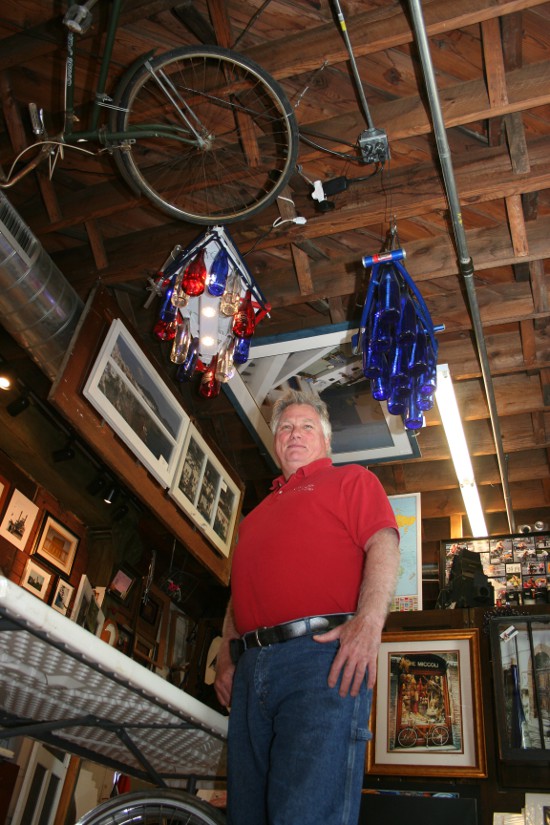
When MidCoast Fine Arts opened the Bucktown Center for the Arts nine years ago, the marketing played up its downtown-Davenport neighborhood's once-upon-a-time reputation as the "wickedest city in America."
Jack Wilhoit of Worldly Views said some artists who leased studios back then followed that lead. "It seemed like there was a lot of partying by emerging artists, but that didn't sell fine art," he said.
From the photography and works in Worldly Views, it's obvious that Wilhoit's muses are the doors and bicycles he's encountered during his extensive travels - hence, his nickname as "The Door Guy." Entering the space, you see an unusual table with a gleaming-refinished-door top that sits on a metal support of repurposed bicycle parts - arranged to look as if the framework is ready to move. The metal table legs on one end bend at an angle, as if to simulate an animal's forward sprint. It successfully suggests futuristic robotic speed blended with the craftsmanship of the sturdy door and meticulously machined parts.
Wilhoit's studio is the sole remaining original tenant at Bucktown. While the building still provides studio-shop suites for artists, there have been many changes. There's a greater number of artists teaching classes in their studios; Bucktown artists talk about how their peers inspire and challenge them; and the tenants now include an animation studio and a store selling an unusual line of paints. When I was hired as Bucktown's building coordinator in June, I was surprised by both the variety and maturity of the artists and artisans.
Wilhoit also noted that MidCoast reorganized its second-floor gallery to provide artists with more-affordable gallery spaces, starting at $30 a month. "Initially that space was treated as four partitioned studios and a changing-exhibition showroom," he said. "About five years ago, the changing-exhibition gallery was kept, but the studios were divided into smaller areas for more artists to have a sales space." Hallway display cases can also be rented.
That emphasis on sales, said Dee Schricker of Boho Chic Gallery, is critical to artists: "If it wasn't important to sell the work, I could create my art at home. My clientele base was built from walk-ins to Bucktown."
More change is almost certainly coming to the building with a pending sale, but a downsized MidCoast presence in the building will allow Bucktown to continue as an outlet for artists - and it should still thrive.


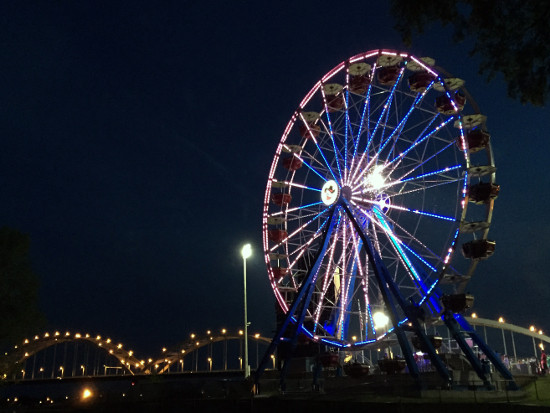
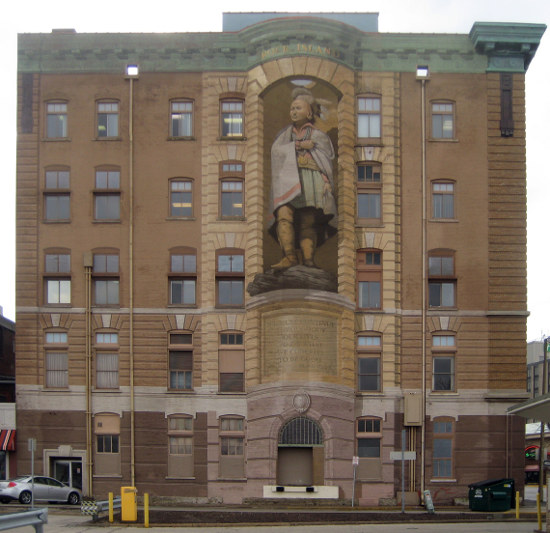
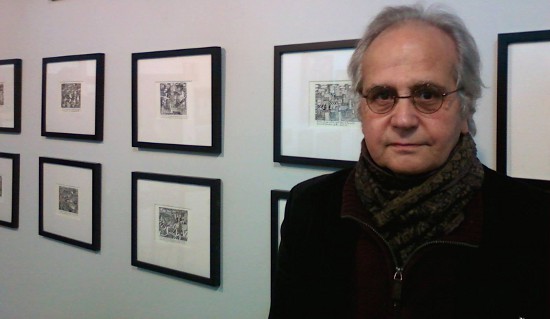
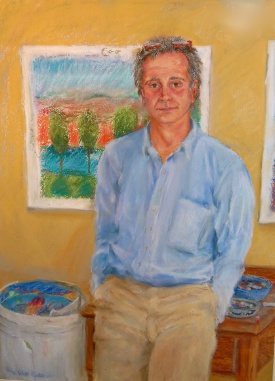 He was a visual artist, a teacher, and an art-store manager. But his largest legacy to the arts community was as a tireless promoter - for more than two decades giving artists of all stripes a forum to discuss their work on his Art Talks radio program on Augsustana College's WVIK and, earlier, St. Ambrose University's KALA. Guests in recent months included mostly visual artists, or course, but also a chef, leaders of the Downtown Davenport Partnership, members of the Bucktown Revue and the Prenzie Players, and a poet. His show was omnivorous in the best possible sense. (WVIK will host a special memorial program for Carter at 7 p.m. on January 15.)
He was a visual artist, a teacher, and an art-store manager. But his largest legacy to the arts community was as a tireless promoter - for more than two decades giving artists of all stripes a forum to discuss their work on his Art Talks radio program on Augsustana College's WVIK and, earlier, St. Ambrose University's KALA. Guests in recent months included mostly visual artists, or course, but also a chef, leaders of the Downtown Davenport Partnership, members of the Bucktown Revue and the Prenzie Players, and a poet. His show was omnivorous in the best possible sense. (WVIK will host a special memorial program for Carter at 7 p.m. on January 15.)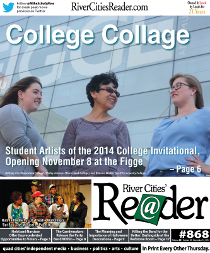
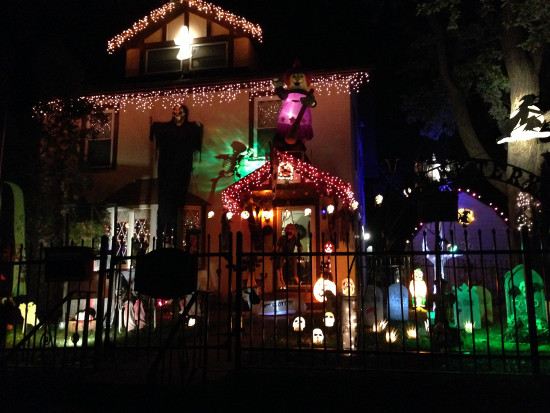

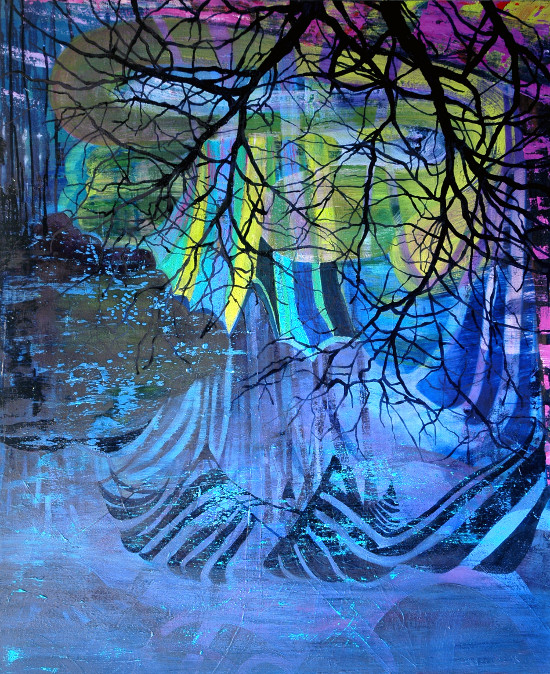
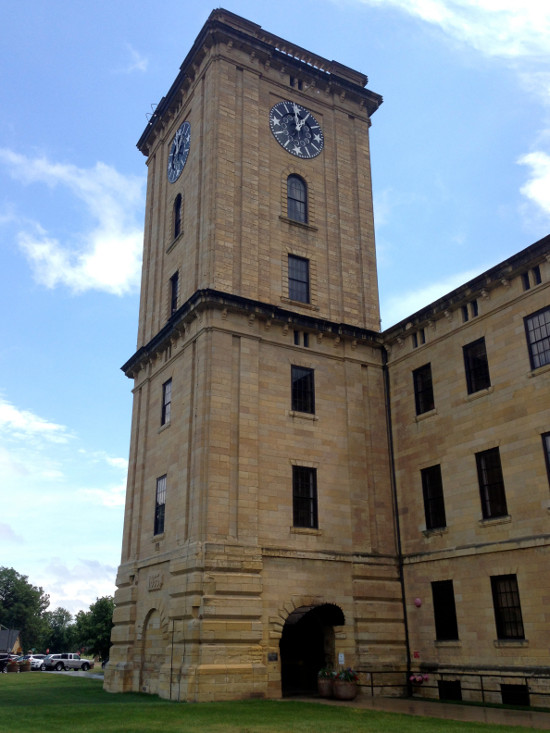
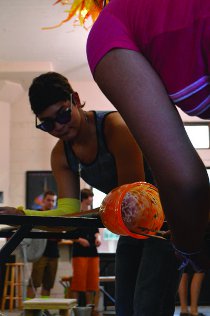 When you first walk in the doors of downtown Davenport's recently opened Hot Glass art studio, there are a few things you might notice right off the bat.
When you first walk in the doors of downtown Davenport's recently opened Hot Glass art studio, there are a few things you might notice right off the bat.







